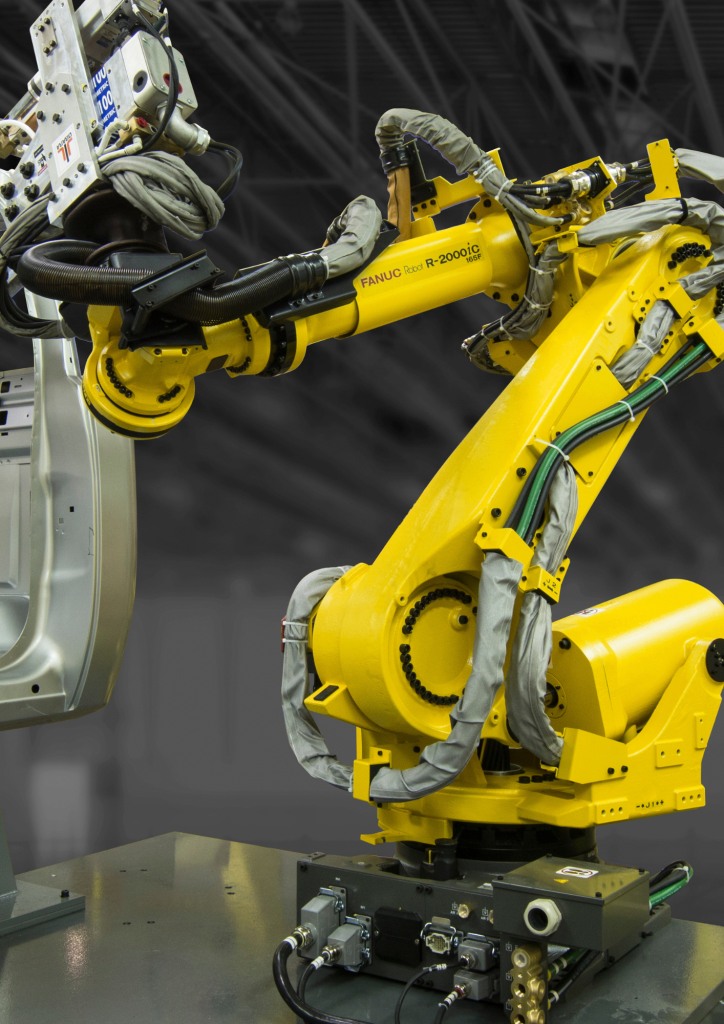At the center of manufacturing today, robotic arms are changing the rules of production, mixing safety, precision, and efficiency in ways that were unimaginable. These marvels of the mechanical realm – sometimes known as robot arms have become indispensable to industries all over the world motivated by the necessity to reduce operating expenses without sacrificing quality. Robotic arms are being incorporated into production lines to cut cost and increase safety. Let’s examine how these groundbreaking machines are reshaping the landscape of industrial production.
The driving force behind the worldwide increase in robotic arm usage is cost-efficiency. Factories are constantly under pressure to reduce production errors, reduce production waste, and cut down on the risk of workplace accidents. Robotic arms are designed to solve these issues. In contrast to human workers, robotic arms complete routine tasks with precision which eliminates costly errors and reducing raw material wastage. Robotic arms are employed in high-volume industries such as the automotive industry, to guarantee flawless assembly. This quality of work can result in significant savings, since less defective items mean less rework and wasted.

Image credit: automatedsolutions.com.au
The safety of robot arms is a cornerstone. Human workers are at risk when they perform a range of jobs in manufacturing, such as working with hazardous materials or using large machinery. With the help of robot arms, companies can eliminate workers from dangerous areas. This lowers the risk of workplace injuries. A robotic arm, designed as a kinematic chain of movable joints, mimics the functionality of a human arm but operates without the risk of physical harm. Equipped with programmable end effects basically robotic hands, they can perform tasks like grasping, spinning or welding in environments which are dangerous for human beings.
Robotic arms are the game changer in diverse industries due to their versatility. Robots can be used for various tasks. From automotive assembly to electronics production. The programming capabilities of these robotic arms allows them to execute complex tasks like painting or applying fiberglass at an unparalleled level of consistency. Robotic arms have revolutionized the process of palletizing in warehouses by automating it with speed and accuracy. Automation does not just increase efficiency but also increases reliability since robot arms can perform their work without fatigue.
The rising popularity of cobots (collaborative robots) that interact alongside human employees is one of the most thrilling innovations in this area. Cobots with robotic arms unlike industrial robots which are confined in isolated cells, are designed to work with humans in a safe and efficiently. Cobots that are equipped with robotic arms are able to perform repetitive or heavy lifting tasks in factories which allows human workers to concentrate on more complex duties. This collaboration increases productivity as well as ensures a safe working environment since cobots are able to be programmed to alter or stop their movement when the person in front of them is.
Robotic arms have a significant impact on modern manufacturing, and not just regarding safety or efficiency. Their ability to perform tasks like welding assembly, assembly, or even handling materials with precision is what makes them essential in high-risk industries. For instance, in the automotive manufacturing, a robot arm can move and rotate parts during assembly, which ensures flawless alignment, without the intervention of humans. In the electronics industry, robots are used to manipulate fragile components, which minimizes damages and improves the quality of output.
Robotic arms are likely to grow in importance as industries grow. They are a cornerstone for the future of manufacturing due to their capacity to lower costs, enhance safety, and be able to adapt to different tasks. By combining cutting-edge technology with human creativity, robotic arms aren’t just instruments. They’re partners who drive forward the way we create our world.